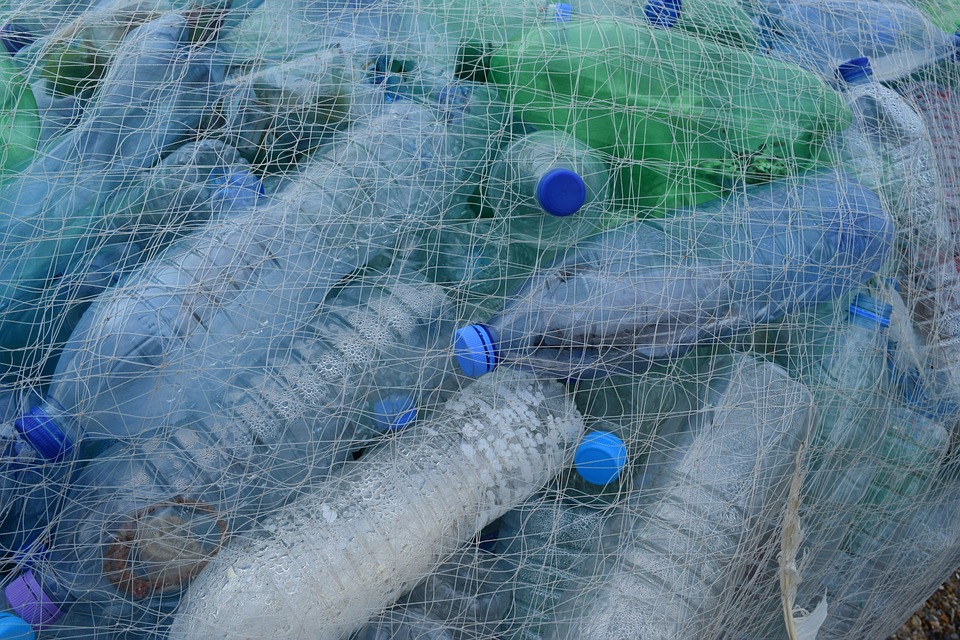Study: Rainwater in the Great Lakes contaminated with dangerous levels of “forever chemicals”
06/24/2021 / By Virgilio Marin

New monitoring data shows that rainwater in the Great Lakes contains dangerous levels of “forever chemicals,” or per- and polyfluoroalkyl substances (PFAS).
Researchers with the Integrated Atmospheric Deposition Network, a monitoring program funded by the Environmental Protection Agency (EPA) and managed by Indiana University, collected samples of ambient air and rainwater from six different sites across the Great Lakes region: Cleveland, Chicago, Ontario in Canada, Sturgeon Point in New York, as well as Sleeping Bear Dunes and Eagle Harbor in Michigan.
After measuring the concentrations of several different chemicals, the researchers found that there were more PFAS in the samples at each testing site than other pollutants. This finding showed that PFAS are major contaminants in the region and they are now in snow and rain.
“You can actually say it’s raining PFAS at this point,” Marta Venier, an environmental chemist from Indiana University Bloomington and the lead researcher of the study, told Grist.
The rainwater samples contained PFAS levels of 100 to 400 parts per trillion (ppt). To put these figures into perspective, the EPA’s safe limit for drinking water is 70 ppt. In Cleveland, two weeks of rainwater collected contained around 1,000 ppt of PFAS.
The researchers continue to monitor the PFAS levels of rainwater in the region to trace these chemicals back to their polluters. They also plan to study seasonal trends in PFAS concentrations.
What are “forever chemicals” and their effects on health?
PFAS are also called “forever chemicals” because they don’t break down easily. Instead, they persist and accumulate in the environment and in the body over time.

People can also be exposed to PFAS through products that contain them. These can include fast food containers, microwave popcorn bags, non-stick cookware, cleaning products, firefighting foam and other water- or stain-resistant products.
“All of these products that we use in our everyday life are treated with PFAS,” Venier said. “So every time we use them, there is either dust or air where these chemicals are released.”
PFAS can migrate into the air, dust, food, soil and water. Indeed, a 2020 study from the nonprofit Environmental Working Group found that the drinking water of more than 200 million Americans may be contaminated with PFAS.
A 2007 study from the Centers for Disease Control and Prevention also estimated that PFAS could be detected in the blood of 98 percent of Americans. These chemicals can settle in the kidney, liver, and other parts of the body where they can cause serious health problems over time. PFAS exposure has been linked to liver damage, cancer, thyroid disease, decreased fertility, high cholesterol, obesity and hormone suppression.
Susan Pinney, a professor of environmental health at the University of Cincinnati, who was not part of any of the above-mentioned studies, said that unborn children are particularly vulnerable to the effects of PFAS. She added those effects might last into adulthood. (Related: Concerning levels of “forever chemicals” found in 100% of breast milk samples.)
“I think that people should be concerned about the amount of PFOA (perfluorooctanoic acid) and PFOS (perfluorooctane sulfonic acid) that is in our environment,” she said, referring to the two most-studied PFAS. “These are chemicals with long half-lives.”
Most notorious “forever chemicals” now phased out but regulations remain weak
The EPA identified both PFOA and PFOS as contaminants of emerging concern but has yet to issue a legal maximum contaminant level. The 70 ppt safety limit that it established is not enforceable.
The 3M Company, the main manufacturer of PFOS, voluntarily phased out the chemical starting in 2000. Six years later, PFOA began to be phased out as well. Both chemicals are no longer manufactured or imported in the country, but Pinney noted that replacement chemicals might be just as persistent as these two.
For example, researchers dubbed a chemical called GenX a “regrettable substitute” for PFOA because it might be as bad or even worse than the chemical it replaced. GenX is used in food packaging, nonstick coatings and firefighting foam. Chemicals company DuPont introduced the chemical in 2009 as a “sustainable replacement” for PFOA.
Chemicals.news has more about the health problems linked to forever chemicals.
Sources include:
Tagged Under:





















